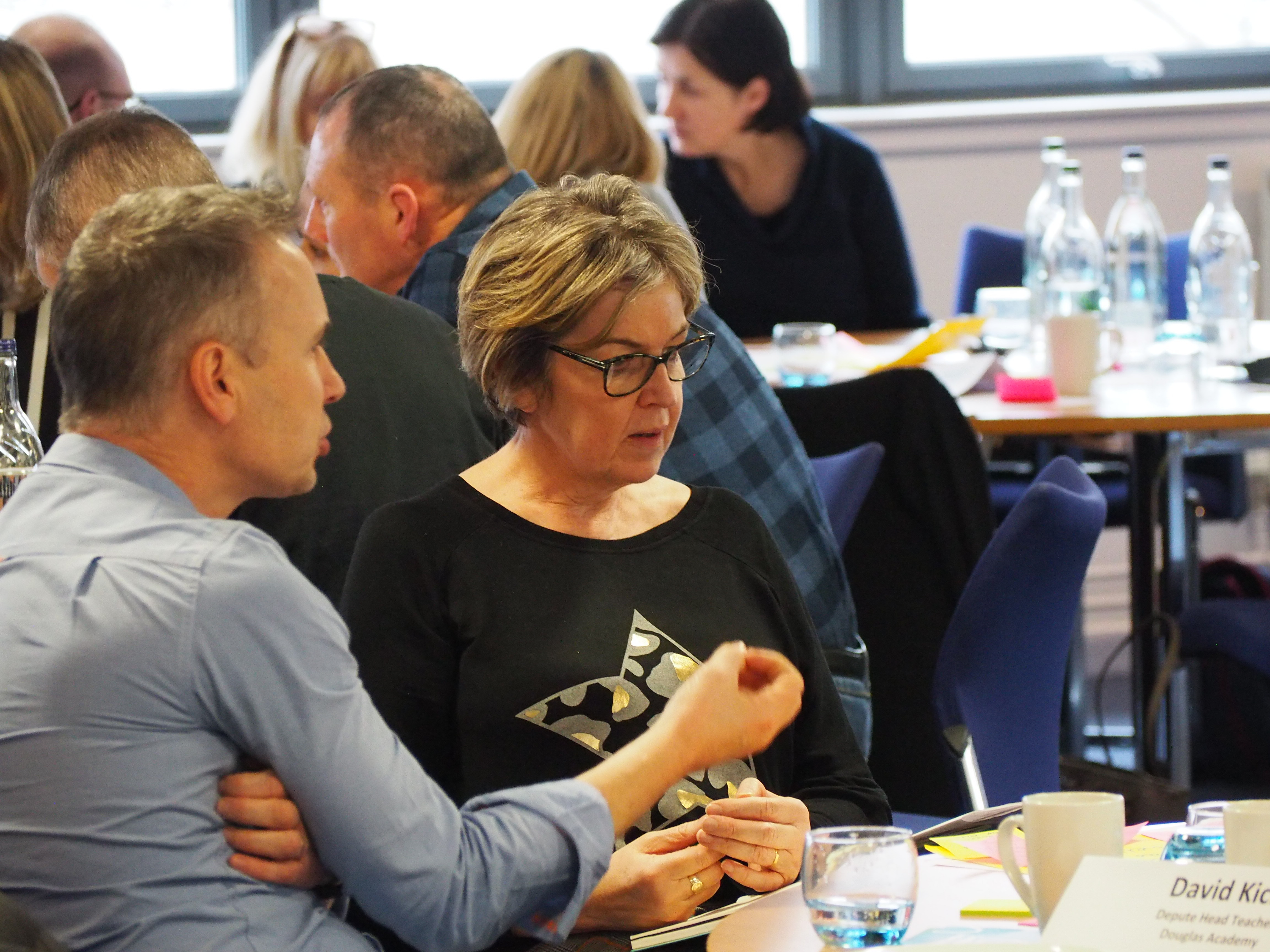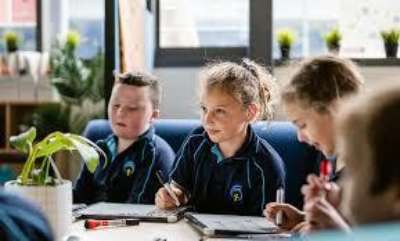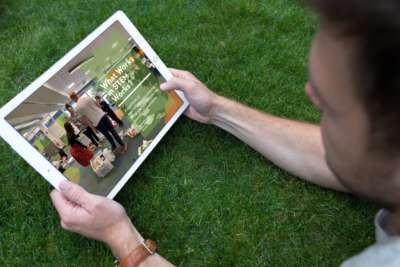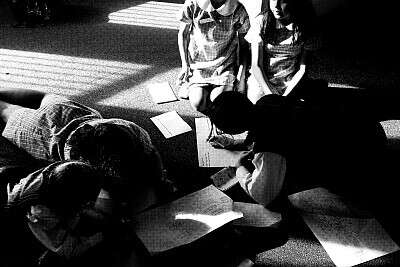5. A curriculum In search of a “big idea”
6. The language of the capacities isn’t the language of learners“Students might remember them from primary school. They appear to have been pulled from thin air. Where did this pairing of words come from?” Secondary Educator
It is vital to show where ideas come from. Educational policy is strengthened by having a clear map of the philosophical journey, and the various sources of ideas and tributaries of thought that help steer it towards its final destination. Put another way, proving provenance helps curriculum-makers and policy-makers understand when certain ingredients may be outdated and worth changing or eliminating.
For example, the International Baccalaureate Organisation (IB) publishes a history of the educators and curriculum designers that have influenced the evolution of its curriculum (International Baccalaureate Organisation, 2019).
Drawing upon the evidence submitted in the 2002 National Debate on Education, the Curriculum Review Group proposed and oversaw the development of the four capacities and broad principles of curriculum design. In 2019, the capacities were restated in the refresh of the narrative for Scotland’s Curriculum and endorsed by the Curriculum and Assessment Board. Some participants in our process wanted to know more about what educational ideas and theories informed the thinking and choice of words in the capacities. Why four, and why double the number of attributes to capabilities?
One participant highlighted the close resemblance between the structure and language of the four capacities and UNESCO’s ‘four pillars of education’ (Delors et al., 1996). The four pillars were principles for lifelong learning published in 1996 by a UNESCO commission chaired by Jaques Delors.
How crucial is the ‘particular combinations of adjectives and nouns’ (Priestley & Humes, 2010, p.351)? Why were they written like this? If we were to mix them up, would it matter?
Also, is ‘capacity’ the most appropriate word to use?
Some research participants were unaware of the close similarities between the design of Curriculum for Excellence and other national curriculums that have also incorporated 21st-century educational priorities (Priestley & Biesta, 2014). Scotland’s broad framing of curriculum purpose around the four capacities exists in the parallel universes of New Zealand, Australia, Singapore and Wales. The language used is strikingly similar, particularly in Wales where there’s a direct influence of Scottish curriculum design on its framework.
New Zealand's curriculum vision is for ‘young people who will be confident, connected, actively involved and lifelong learners’ (Ministry of Education, 2022). The Australian Curriculum is ‘designed to help all young Australians to become successful learners, confident and creative individuals, and active and informed citizens’ (Australian Curriculum, 2022). In Singapore, the curriculum design is based on a set of 21st Century Competencies (21CC) ‘that are essential for your child to develop to prepare them for the future’ (Singapore Ministry of Education, 2022a). At the core of the 21CC are the ‘Desired Outcomes of Education’, which include ‘Confident Persons, Self-Directed Learners, Active Contributors and Concerned Citizens’ (Singapore Ministry of Education, 2022b).
The new Curriculum for Wales is the closest in curriculum orbit to Curriculum for Excellence. The ‘Four Purposes’ are the aim of the curriculum, supporting learners to become: ‘ambitious, capable learners, ready to learn throughout their lives; enterprising, creative contributors, ready to play a full part in life and work; ethical, informed citizens of Wales and the world; healthy, confident individuals, ready to lead fulfilling lives as valued members of society’ (Education Wales, 2022).
Other nations like Japan and Finland review their curriculum every ten years. The Scottish Government has now accepted the OECD’s recommendation that Scotland should have its own planned schedule of review. But what the format of that review looks like is also interesting to consider. Should we be more open to change and new ideas? Does everything have to stay and be built upon? Or is there permission to do things differently, change, and start over in some areas? If not, why not?
There is the possibility that language deemed groundbreaking twenty years ago is now considered by educators as ‘business as usual’ for any curriculum in any location. One way to create a different kind of curricular purpose might be the involvement of curriculum-makers beyond the walls of education settings - many of those working in the youth and third sectors point out that their business-as-usual has always been the work of developing those four capacities (and many more besides).
What unique capabilities, skills, and attributes do we want to develop in Scotland? What's uniquely Scottish about the challenge and opportunity of our curriculum design?
For example, every group of stakeholders in our panel was firmly committed to social justice and inclusion. Socialisation through sports, clubs or being together in class is, unsurprisingly, what young people say they primarily come to school for. Should our curriculum purpose be adapted to what feels uniquely Scottish or customised for the incredible breadth and variety of contexts across the country? Should we weigh the purpose of a curriculum towards context-dependent rather than country-dependent?
Curriculum design is not a one size fits all approach. Educators implement and adapt curriculum design principles differently at a local level. So what would change if the process of curriculum making begins with the four capacities as design principles that shape the big ideas we want to teach? Rather than tagging them on at the end or not at all.
“Curriculum for Excellence [is made up of] technical documents… writing everything in child language is counterproductive. Attempts to make children own them are misconceived because CfE is about professional practice. A teacher's job is to produce a structure informed by the participation and co-design of their learners.” University Educator
You can download the full paper (PDF), return to the overview or read the next section.




